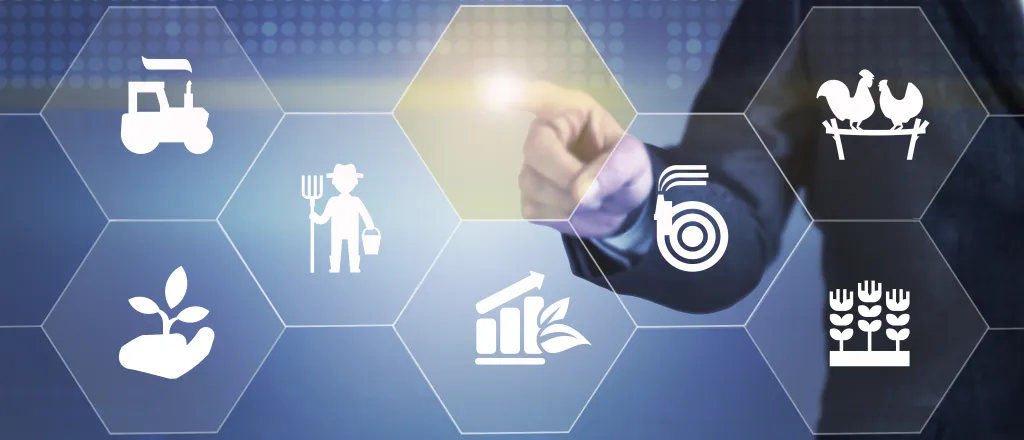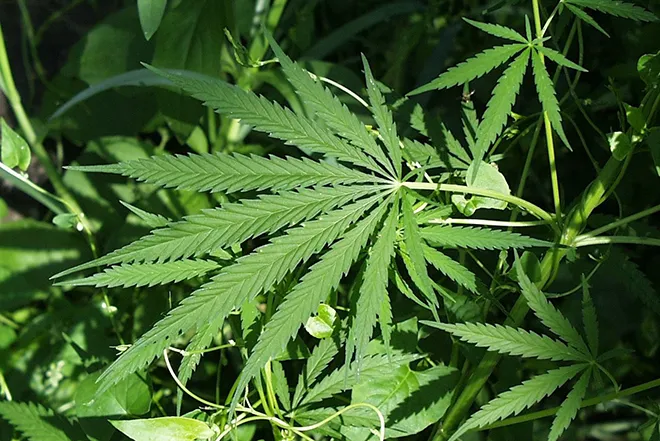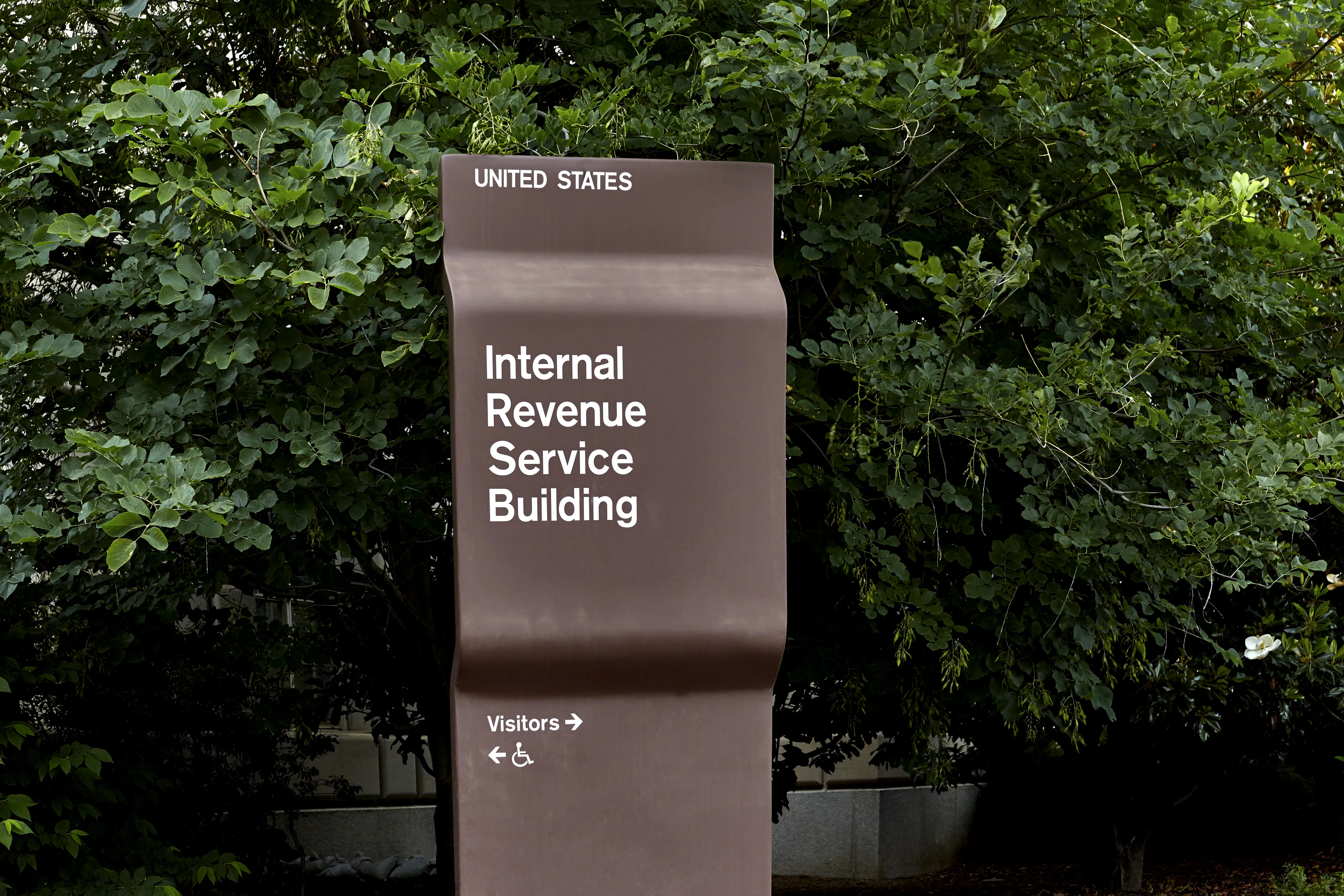
Livestock revenue up, crop revenue down for Kansas farmers
© iStock - denizbayram
(The Center Square) - Kansas farmers are making more money on livestock and less money on growing crops, a report from the Rural and Farm Finance Policy Analysis Center at the University of Missouri found.
Net farm income in Kansas is projected to take a slight dip in 2023, as compared to 2022. On net, Kansas farms made $4.01 billion in 2022, while they are expected to make about $4 billion this year. The research expects the farms will have a net income drop of 0.16%, though the losses are bigger when accounting for inflation.
Crop receipts will likely be down $2.14 billion, while livestock receipts ($1.71 billion), crop insurance payments ($0.15 billion), and government payments ($0.15 billion) will increase, helping offset those losses.
Farmers dedicated 600,000 fewer acres to soybeans, likely resulting in a $0.50 billion loss in receipts for the crop. However, even for crops with an acreage increase, like corn (200,000 acres) and sorghum and wheat (1.1 million acres), farmers will get less revenue due to depressed commodity prices.
“Increased biofuel use of vegetable oil supports the price of soybean oil and soybeans,” the report said. “U.S. crush increases, pushing down the price of soybean meal relative to soybeans and soybean oil. Projected domestic use of ethanol is about the same in 2028 as it was in 2022, but the use of biomass‐based diesel increases by more than a billion gallons over the same period.”
Yet, rising meat prices benefitted livestock farmers. Cattle and calf receipts are expected to be $2.1 billion more this year than last year; the beef market is responsible for essentially all of those projected gains, as the hog/pig market ($135 million decrease) and dairy market ($273 million decrease) are expected to worsen for Kansas farmers this year.
"Many of the factors that pushed prices of agricultural commodities to record or near‐record levels in 2022 have reversed, or at least moderated, in 2023,” the report said. “World grain production is up this year, central banks have tightened monetary policy and some input costs have receded. With the exception of cattle, prices for most U.S. farm products have declined in 2023."
Additionally, poultry and eggs only comprise 1% of Kansas livestock, so they have a negligible impact on the Kansas farming industry.
Even with the down year this year, the report is optimistic that the next two years will be better.
“Moving forward, Kansas net farm income is projected to increase in 2024 and 2025 due largely to strong cattle markets, lower expenses, and a forecast return to normal yields for major crops; net farm income averages $4.7 billion across the 10-year baseline,” the report said.

















